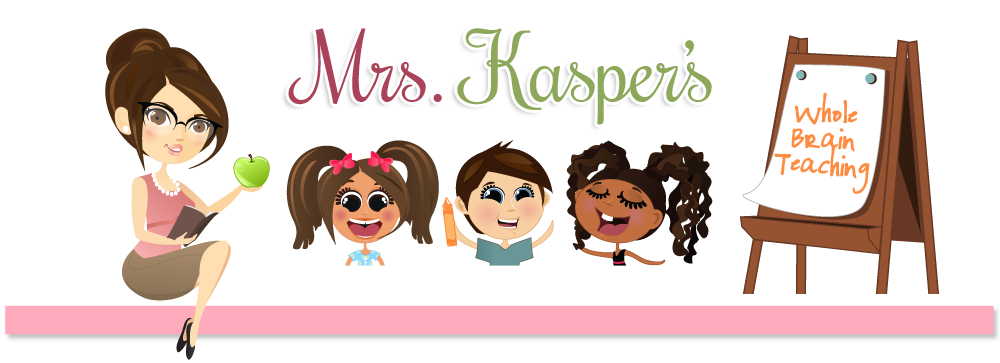This simple instruction from Coach Biffle resonated with me. I watched Video #505 about the 5-Step lesson template, which is the heart of whole brain teaching. The first 5-step lesson I taught was “What is a compound sentence?” For the answer in step 2, I created the Power Pic below by editing a Power Pic from wholebrainteaching.com using MS Paint software.
I created gestures to go with the definition, which I taught my students using Mirrors with Words. In step 3, I elaborated by projecting various sentences on the whiteboard and explaining why they were or were not compound sentences. In step 4, we played “Yes / No Way” to identify if sentences were compound or not. I continued to assess in step 4 by playing the QT game. I could see immediately who understood and who did not. In step 5, students used paper and pencil to underline the “complete message” on each side of the conjunction, circle the conjunction, and state whether the sentence was or was not compound.
During step 2 of the lesson sequence, I asked, “Why is this sentence a compound sentence?” I was thrilled when one of my learning disabled students answered,
This sentence is a compound sentence because
(here she used the Because Clapper) it has a conjunction
with a comma in the middle and there is a complete
message before the conjunction and after the conjunction.
I could have kissed her brain right then and there! Needless to say, she earned a star on the Super Improvers Wall.
However, I wasn’t yet satisfied with my lesson. Step 5 still bothered me because I knew it wasn’t the best critical thinking activity I could create. The solution to my problem came in Coach B’s live webcast about critical thinking on Tuesday, September 25, 2012 (Webcast #539), which I will blog about in more detail later. For step 5, I had not planned an open-ended activity. So, I fixed that in my next lesson, “What is a biography?”
For step 3 of the biography lesson, I displayed books and explained using micro lectures and Teach-Okay why they were or were not biographies. I assessed in step 4 using the same technique of displaying various books and playing “Yes – No Way” and the QT game. But the real difference came in step 5. Here, students used whiteboards to create a Venn diagram to compare and contrast a biography with a Native American Cinderella story we had read. This was the higher order thinking I’ve been looking for. The kids shared their Venn diagrams by displaying them on the Elmo and explaining their ideas in complete sentences, and I took a quick grade for the grade book during that time.
This is the Power Pic I created for the biography lesson.
Now that my students have a firm grasp of what a biography is, they will be able to meet the standard of comparing a character in a fictional text to a biography of the same character.
I hope this helps other teachers new to Whole Brain Teaching with the very core of Whole Brain Teaching—the Five-Step Lesson Template.










No comments:
Post a Comment